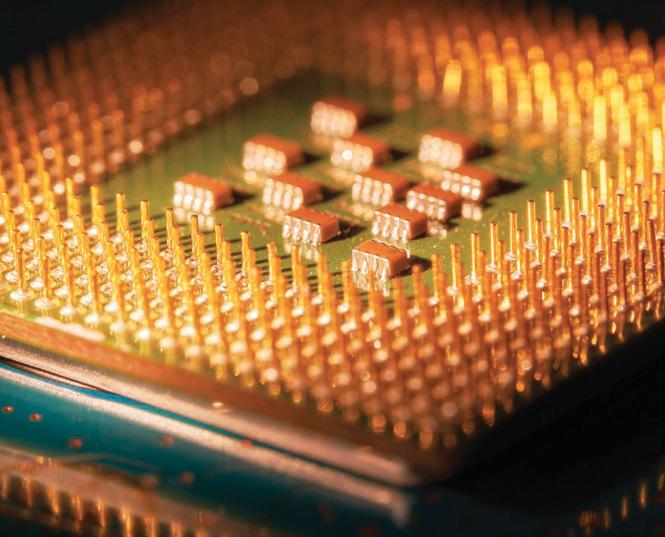Yes, your company estimates that 99% of “premium smartphones” run on Arm central processing units (CPUs). What is it about Arm's architecture that makes it so indispensable? The CPU not only runs the operating system—Android, iOS—but it needs to run all the applications, whether that's Excel, Power-Point, WhatsApp, Gmail. That software has all been tailored to run on Arm at inception, and converting to another CPU is just an enormous task. So that's what keeps us sticky—it's just running all that software.
AI software is advancing extremely quickly and far ahead of hardware. Does that mean a lot of upgrade cycles will be required? It's going to require a massive upgrade cycle. If you think about these new AI models, the chips [that run them] were designed years before they were even invented, so they are not optimized well. It drives a rapid upgrade cycle where the people building these systems need to have more capable chips.
Designing CPUs that can run the legacy stuff as well as bleeding-edge tech must be challenging. That's right. When you think about the next upgrade cycle of a phone or a PC or even a smart TV, it must run all the old software impeccably, and now it needs to run the new AI software that was just invented. In our business, what really helps us grow is the insatiable need for more compute capacity. So it's a good kind of pressure.
Demand for compute also means demand for energy; AI data centers are very energy intensive. What are you doing to support sustainability? Arm is the world's most power-efficient CPU because our DNA was to build processors that ru...


